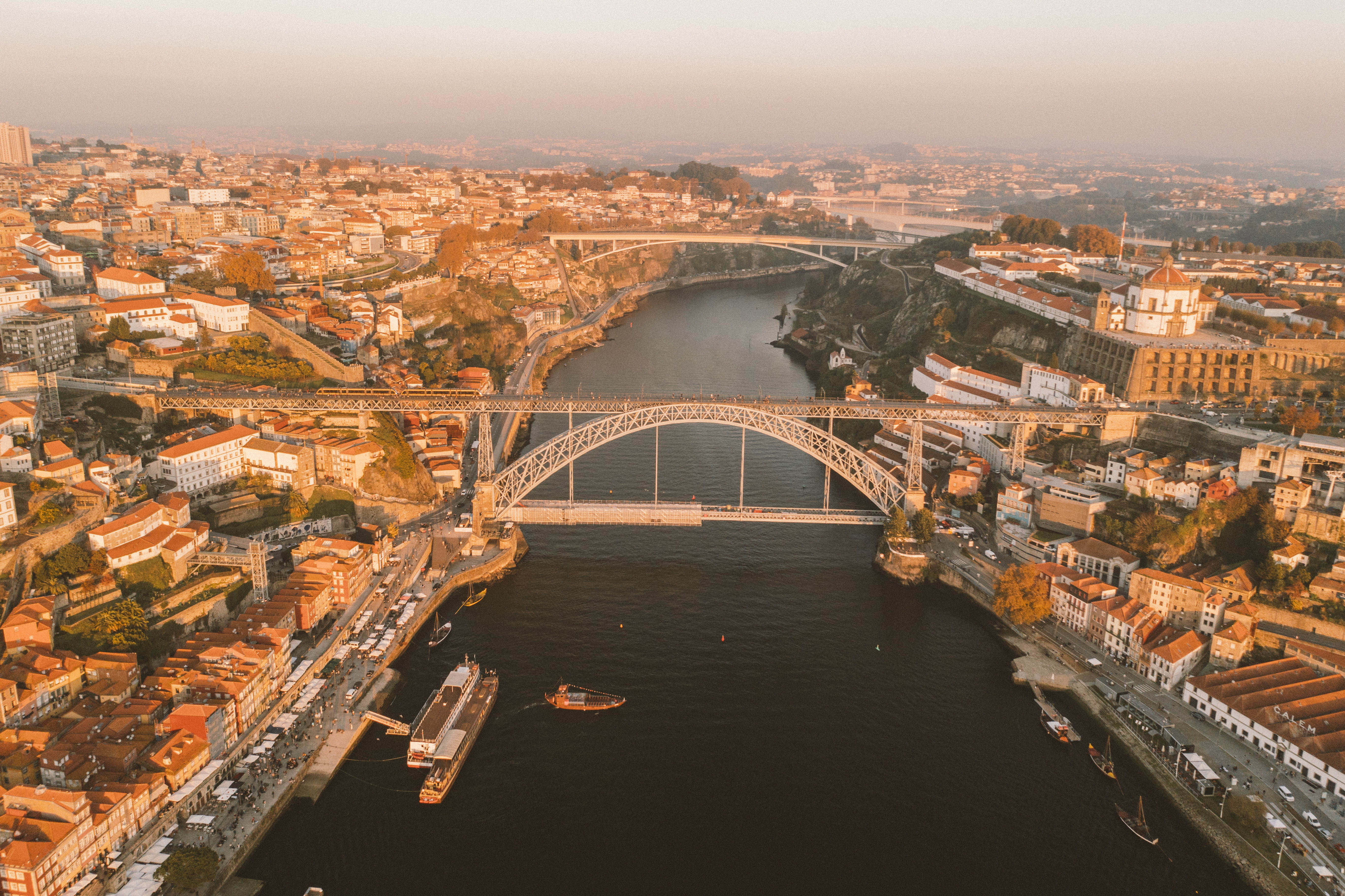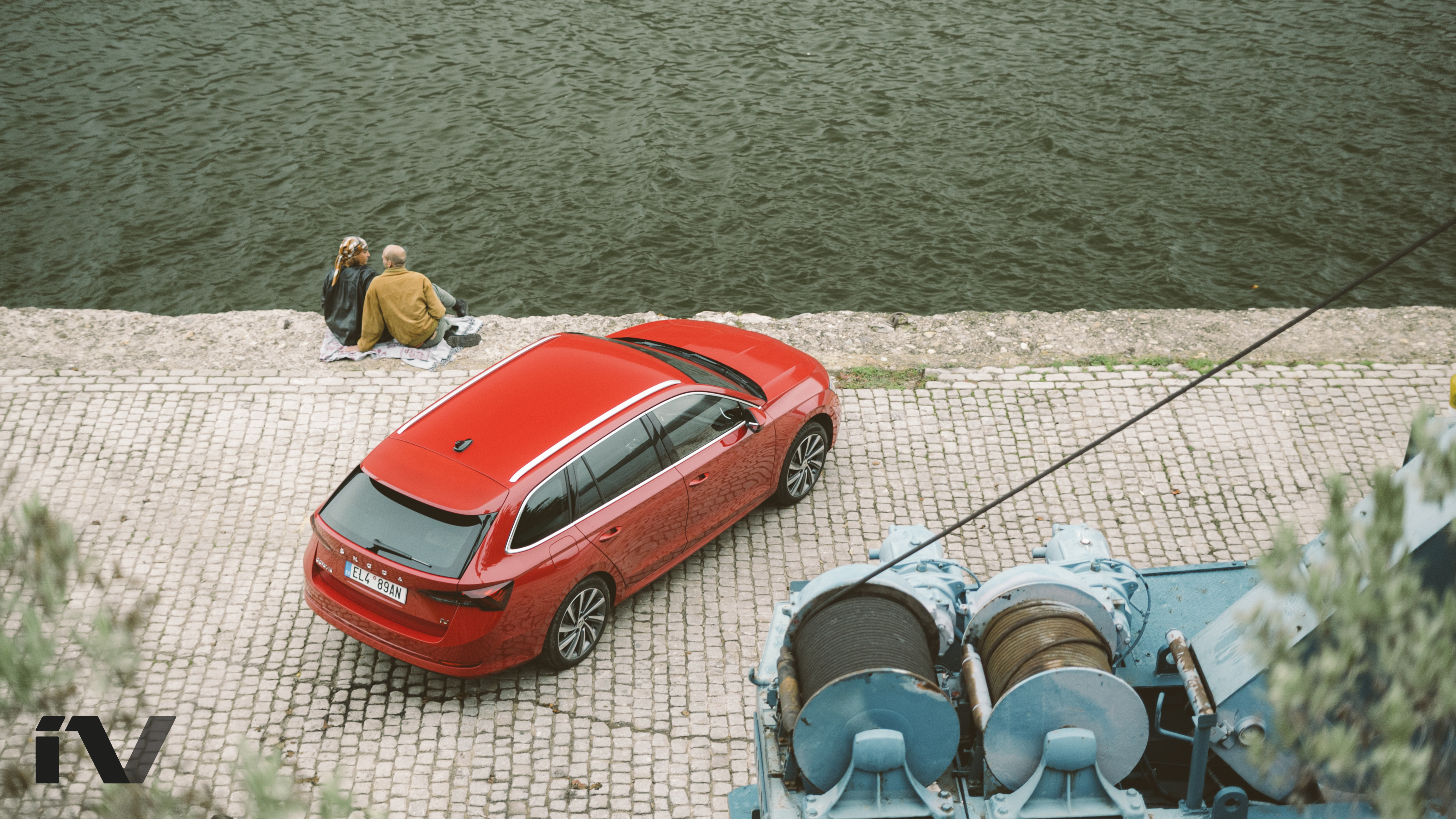Called the Duero by the Spanish, the river rises in the Iberian mountains and empties into the Atlantic at Porto. The Douro is 925 kilometres long and forms the Portuguese-Spanish border for 112 kilometres. The Portuguese part is just over 200 kilometres long and our secret tip is to head upstream. The ŠKODA OCTAVIA iV can handle the beautiful route like nothing. There are swathes of port vines and grapes growing around the river, and every now and then a miradouro, a stopping place with a view, appears by the roadside. And there’s certainly plenty to see. The closer you get to the Spanish border, the more austere the countryside becomes. A few locals, a village here and there, incredible scenery everywhere. This hinterland is the real Portugal, rugged and sparsely populated. And that’s the beauty of these places.
 On either side of the river there are endless vineyards growing port grapes and the road is lined with laybys offering stunning views.
On either side of the river there are endless vineyards growing port grapes and the road is lined with laybys offering stunning views.
As we said before, the slopes above the River Douro are famous for the vineyards that yield world-famous wines. The entire Alto Douro (High Douro) wine-growing region covers more than 24,000 hectares and has been producing wine for more than 2,000 years. In 1756 this region became the first wine-growing area protected by law, and in 2001 it became a UNESCO World Heritage Site. The most famous wine produced here is, of course, port. The region is made up of thirteen municipalities called concelhos. Which are the best to visit? All of them!
 The Alta Douro wine-growing area was added to the UNESCO World Heritage List in 2001.
The Alta Douro wine-growing area was added to the UNESCO World Heritage List in 2001.
So where will Ambre and Aljaz go next? A ŠKODA KODIAQ RS will take them to Spain. Into the mountains, around the monuments and, of course, down to the sea, which forms such an essential part of our two explorers’ lives.





















